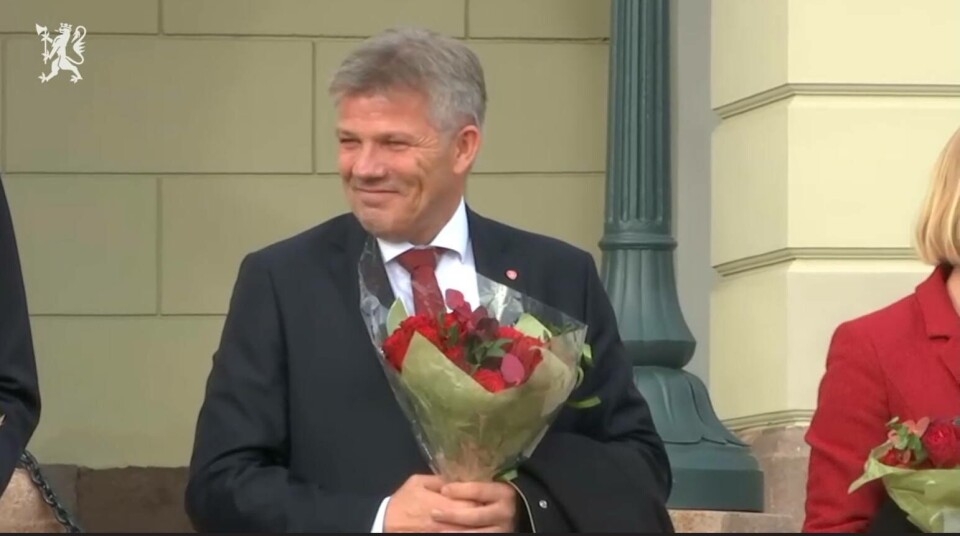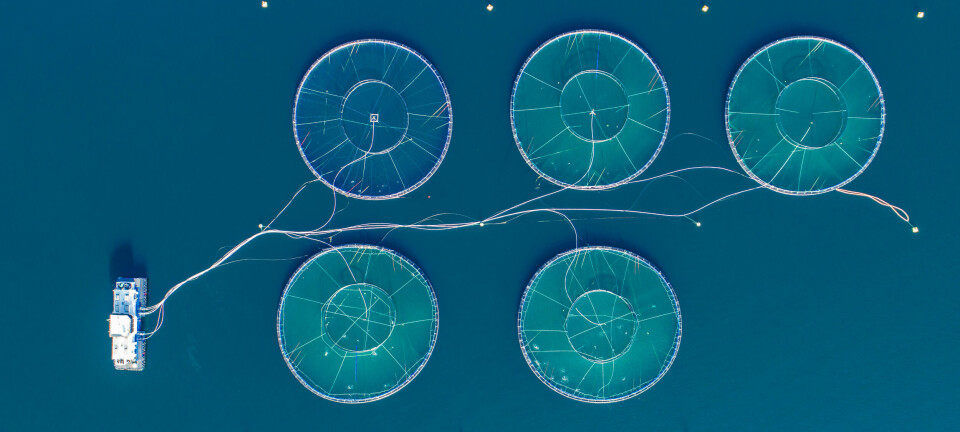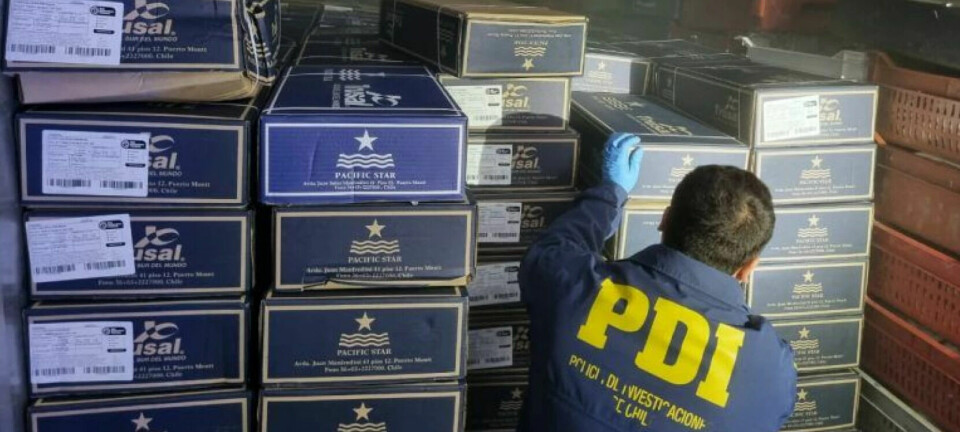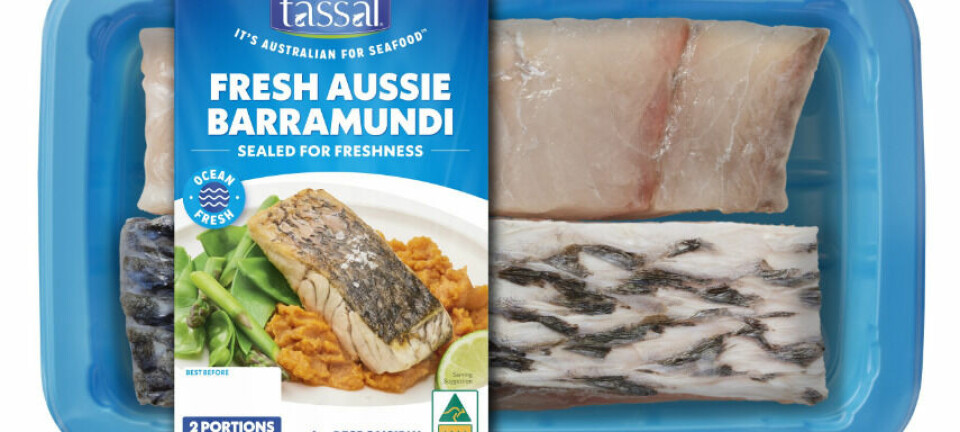
Wider role for Norway’s new fisheries minister
The Norwegian Labour Party’s deputy leader, Bjørnar Skjæran, was today confirmed as the country’s new fisheries minister, although he gets a slightly different title to outgoing fisheries and seafood minister Odd Emil Ingebrigtsen.
Skjæran will be minister of fisheries and maritime affairs, a title that reflects an expanded role, following victory for Labour and its left-leaning allies in a general election last month.
“We are expanding that portfolio in the Ministry of Trade and Industry,” said new Labour prime minister Jonas Gahr Støre as he announced the make-up of his new coalition government today.
“There are big tasks waiting, there are big tasks that have been waiting to be solved. It requires a politician with good roots, broad experience and the ability to see the whole we have in the fisheries and marine area. In recent years, Bjørnar has become a close colleague of mine.”
Dairy farmer
Skjæran, who has a professional background as a dairy farmer and is from northern Norway, will be the first fisheries minister from the Labour Party since 2013.
Prior to today’s announcement, political commentators pointed out that it was important for the Labour Party to get the ministerial post related to fisheries and aquaculture.
One reason is that the northern part of the country, where fishing and aquaculture interests are greatest, have always been core areas for the Labour Party. But Støre has also repeatedly emphasised that the sea and marine resources are important issues for him, and previously stated that the sea’s resources and opportunities would be prioritised if he became prime minister.
More traffic light indicators
The government’s approach to aquaculture was laid out earlier this month as part of a joint policy statement by Labour and the Centre Party called the Hurdal Platform*.
Some of the tasks awaiting Skjæran as the new minister will be to further develop the “traffic light” system of fish farming growth with several environmental indicators, start up a separate programme for the production of sustainable feed based on Norwegian resources and develop a separate licensing regime for offshore farming.
He will also reintroduce ownership restrictions and requirements for apprentices and make future farming permits time-limited.
Job for a Northman
It is not uncommon for the fisheries role to go to someone who lives in northern Norway, and this is the fifth time in a row that a man has been appointed to the job. His predecessors were Odd Emil Ingebrigtsen, Geir Inge Sivertsen, Harald T Nesvik and Per Sandberg.
However, before that time there were four women in a row: Elisabeth Aspaker, Lisbeth Berg Hanse, Sylvia Brustad and Helga Pedersen.
* Here are the policies put forward in the Hurdal Platofrm:
- Further develop the traffic light system with more environmental indicators, and have a clearer strategy for tracking and to prevent the escape of fish.
- Stimulate innovation, new forms of production and sustainable solutions through an active and technology-neutral business policy.
- Stimulate increased sustainability through a separate program for the production of sustainable feed based on Norwegian resources, set goals that all feed for the aquaculture industry must be from sustainable sources by 2030, and facilitate the use of carbon (carbon capture and utilisation) in feed production.
- Develop a separate licensing regime for offshore farming with strict requirements for sustainability and coexistence between different maritime industries.
- Review the distribution of funds from the Aquaculture Fund, and increase the municipalities' share of the income from the fund.
- Try out a scheme where a limited proportion of future aquaculture permits are leased to the seafood industry for a period to contribute to year-round industry.
- Facilitate increased research on and more business activity related to seaweed and kelp and new marine resources.
- Make future farming permits time-limited.
- Reintroduce ownership restrictions and requirements for apprentices, further processing and research and development for the largest players in aquaculture.
- Review the schemes with permits in the aquaculture industry to ensure continued diversity and local ownership.
- Facilitate simplification, clean-up of regulations and better cooperation between the authorities and the industry to ensure more comprehensive management, better sustainability and better fish welfare.
- Clarify and improve framework conditions for freshwater farming.
- Review relevant regulations for the aquaculture industry, which include looking at the licensing system, adapted licensing requirements for closed facilities and development licences and environmental requirements.
- Strengthen aquaculture education in line with the industry's needs at vocational school, college and university level.
- Set requirements for lower emissions from the offshore fleet and from vessels used in aquaculture, including subcontractors. The requirement must be designed so that it ensures step-by-step phasing in of the best available technology and facilitates technology development in Norwegian competence environments.




















































